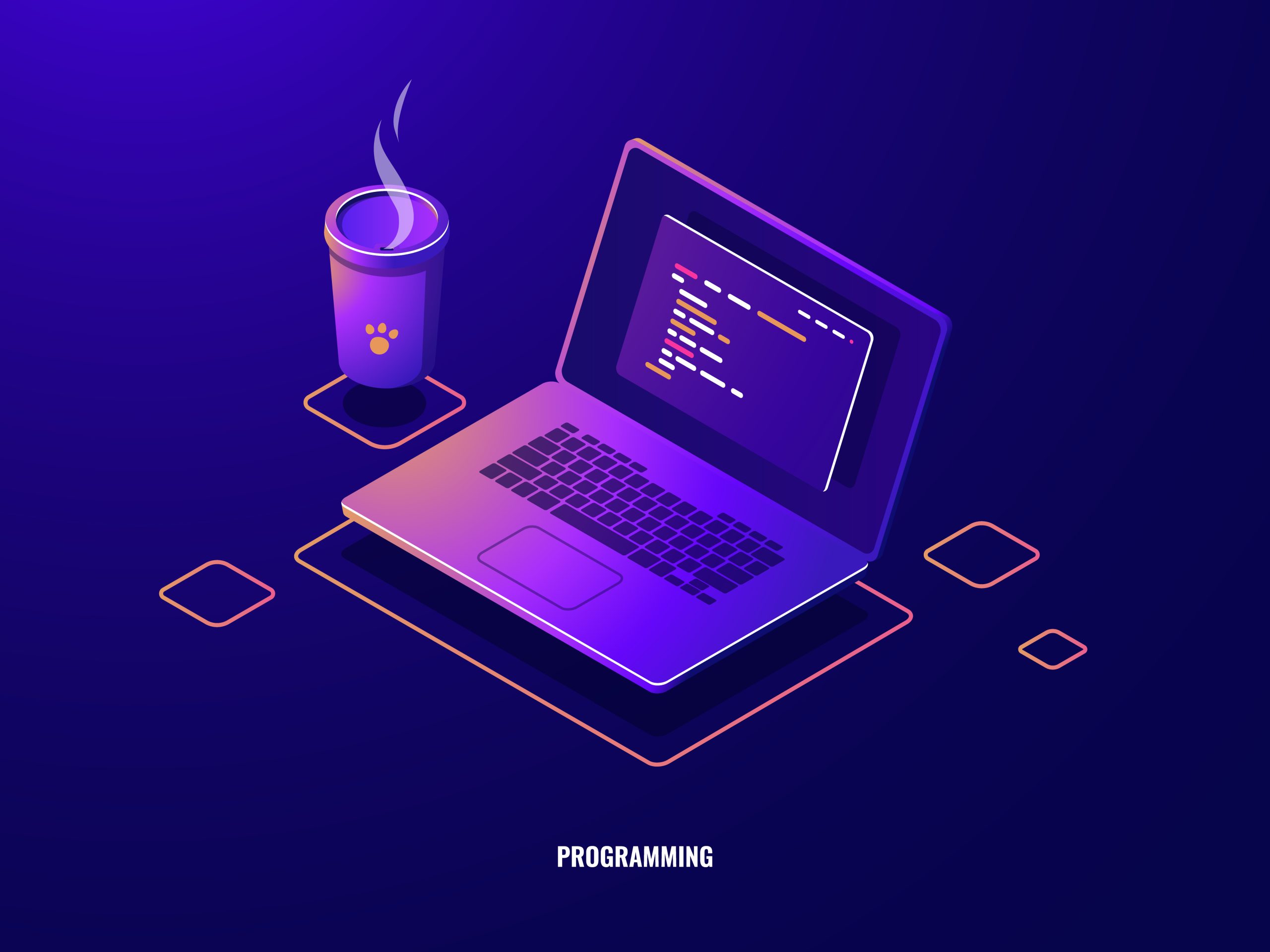The digital age has transformed nearly every sector, and education is no exception. As schools, universities, and educators adapt to the ever-evolving technological landscape, the role of web development in education has become more crucial than ever. With web-based tools and resources shaping how students and teachers interact, it’s essential to understand how web development contributes to a more accessible, engaging, and effective learning environment. In this article, we’ll explore the impact of web development on education, discussing its benefits, challenges, and potential future developments.

Web Development: A Key Player in Education’s Digital Transformation
The educational sector has long been embracing technology to enhance learning experiences. From online courses to educational apps, technology has fundamentally shifted how knowledge is shared. The role of web development in this transformation is significant. Web developers create the platforms and tools that educators and students rely on to access resources, submit assignments, and even communicate with each other.
One of the most common uses of web development in education is the creation of Learning Management Systems (LMS). These platforms—such as Moodle, Blackboard, and Google Classroom—allow for the organization, delivery, and tracking of coursework. Through these systems, students can easily access lessons, participate in discussions, and submit assignments. Teachers, in turn, can track student progress, offer feedback, and create a more personalized learning experience.
If you’re a student or educator looking to make the most of digital tools, you might sometimes find it overwhelming to juggle all your responsibilities. In such moments, it’s helpful to seek assistance with tasks like essays or research papers. You can find expert services at https://papersowl.com/write-my-college-essay where professional writers can help you meet deadlines and maintain high standards in your work.
Bridging the Gap: How Web Development Makes Education Accessible
One of the most significant benefits of web development in education is its ability to bridge the gap between students and quality learning materials. In a world where geographical location, financial constraints, and physical disabilities often create barriers to education, the internet offers unprecedented opportunities for learning.
Through web development, schools can offer online courses, digital libraries, and other resources to students who might not have access to traditional education. For instance, websites like Khan Academy and Coursera provide free courses and tutorials on a variety of subjects, making education accessible to anyone with an internet connection. This has been especially important for people living in remote areas or those who cannot afford to attend prestigious institutions.
Moreover, the development of mobile-friendly websites ensures that education is no longer confined to a classroom. Students can access learning materials, lectures, and assignments from the comfort of their homes or even while on the go. This increased accessibility allows for more flexible learning schedules, enabling learners to balance education with other life responsibilities.
Engaging Learning Experiences Through Interactive Web Development
One of the most exciting innovations in web development for education is the ability to create interactive learning experiences. Traditional methods of teaching often involve passive learning, where students listen to lectures or read textbooks. While these methods are effective to some extent, they don’t always engage students in a way that maximizes retention and understanding.
Interactive web-based tools, on the other hand, allow students to actively participate in their learning. Websites and applications can include quizzes, games, simulations, and even virtual reality experiences that immerse students in the learning process. For example, science students can use virtual labs to conduct experiments online, while history students can explore ancient civilizations through interactive maps and 3D reconstructions. Many educators also rely on digital reading worksheets to help students strengthen comprehension skills through structured, web-based practice.
This interactivity not only makes learning more fun but also helps students retain information better. The more engaged students are, the more likely they are to retain the material and apply it in real-world situations.
The Role of Web Development in Collaboration and Communication
Collaboration and communication are essential components of modern education. Gone are the days when students and teachers could only communicate in person or through traditional methods like telephone calls and handwritten letters. With web development, communication has evolved, making it easier for students and educators to interact in real-time, regardless of their physical location.
Web development has facilitated the creation of discussion forums, group messaging apps, and video conferencing tools that make collaboration a breeze. Tools like Zoom, Microsoft Teams, and Slack have become invaluable in classrooms around the world. These platforms allow for seamless communication, whether students are working together on a project or attending a virtual class. In addition, collaborative documents and spreadsheets, such as those offered by Google Docs and Microsoft Office 365, have enabled students and educators to co-create and share materials more efficiently.
These digital tools encourage teamwork and help students develop important soft skills, such as communication, problem-solving, and project management. These skills are not only useful in academic settings but also translate well into the workplace, where collaboration is often key to success.
The Future of Web Development in Education

The future of web development in education holds endless possibilities. As technology continues to evolve, new trends and innovations are likely to shape how students learn and how educators teach. One of the most promising developments is the integration of artificial intelligence (AI) into educational web tools.
AI can be used to personalize learning by analyzing a student’s progress and adapting the content to their needs. For example, an AI-powered system could identify when a student is struggling with a particular topic and provide additional resources or exercises to help them improve. This personalized approach to learning ensures that each student receives the support they need to succeed.
Another exciting possibility is the integration of virtual and augmented reality (VR/AR) into educational platforms. Imagine a history lesson where students can “walk” through ancient Rome, or a medical student can practice surgery in a virtual environment. With the help of web development, these immersive experiences could become a reality for students in the near future, making learning more dynamic and impactful.
Challenges and Considerations
Despite the many benefits of web development in education, there are also challenges that need to be addressed. One of the main concerns is the digital divide—the gap between those who have access to technology and those who do not. In some regions, students may not have reliable internet access, or they may not be able to afford the devices necessary for online learning.
Another challenge is ensuring that digital tools are user-friendly and accessible to all students, including those with disabilities. Web developers must consider factors like font size, color contrast, and alternative text for images to ensure that their websites are inclusive.
Finally, there’s the issue of privacy and data security. As more educational institutions rely on online platforms, the protection of student data becomes a top priority. Web developers must implement robust security measures to safeguard personal information and ensure compliance with regulations like the General Data Protection Regulation (GDPR).
Conclusion
Web development has undeniably revolutionized the field of education, opening up new opportunities for learning, collaboration, and communication. Whether it’s providing access to resources, creating interactive learning experiences, or enabling global connections, web development plays a pivotal role in shaping the future of education. However, as technology continues to evolve, it’s essential to address the challenges that come with it, including ensuring equal access, user accessibility, and data security. By doing so, we can ensure that web development continues to support and enhance educational experiences for students around the world.
The road ahead is bright, and with continued innovation, web development will remain a cornerstone of modern education, providing students and educators with the tools they need to succeed in an increasingly digital world.
